APIs are now more than just technical tools in today’s hyperconnected world. They are the foundation of contemporary digital ecosystems. The architecture of your APIs can have a big impact on the success of your solution, whether you’re developing a mobile banking app, managing IoT devices in a smart warehouse, or delivering real-time analytics in education.
Throughout my career, I’ve worked on diverse projects spanning retail, finance, logistics, and education. One consistent lesson has emerged: the choice of API architecture plays a critical role in determining scalability, performance, and overall user experience. There’s no universal solution—each architecture style, from REST and GraphQL to SOAP, gRPC, WebSockets, MQTT, AMQP, and Webhooks, brings unique advantages, challenges, and best-fit scenarios.
This guide dives into eight key API architectural styles, not just in theory but grounded in practical Azure-based implementations. I’ll demonstrate how each model is applied in real-world scenarios, highlight what makes them effective, and explain why a solid understanding of these approaches is crucial for architects, developers, and decision-makers alike.
1. REST (Representational State Transfer)
Suitable for: Resource-oriented applications
REST is a go-to choice for many due to its simplicity, extensibility, and stateless nature. It leverages standard HTTP methods (GET, POST, PUT, DELETE) to make resource manipulation and web service integration a breeze.
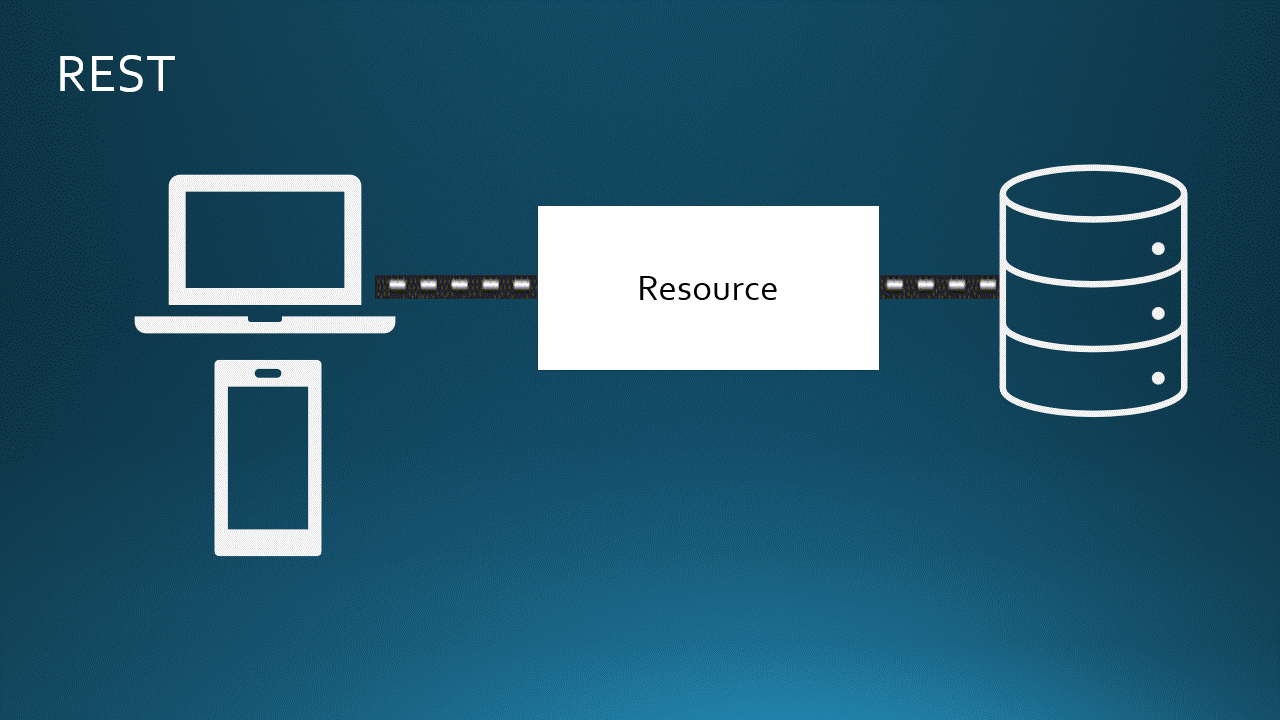
Figure 1 – RESTful API architecture streamlines order processing in retail, enabling secure, scalable transactions through Azure API Management and serverless services
Use case: Customer places an order via a mobile app
A global retail company aims to streamline its order management through a RESTful API hosted on Azure API Management. This setup guarantees secure, streamlined, and high-performing order transactions.
A customer uses a mobile app to place an order, which is seamlessly processed through various Azure services.
Process Flow:
- POST /orders – The customer submits an order via the mobile app.
-
- Azure API Management (APIM) authenticates and validates the request.
-
- The request is forwarded to an Azure Function or Logic App, which:
-
-
- Validates the order details.
-
-
-
- Assigns a unique Order ID.
-
-
-
- Stores the initial order data in Cosmos DB.
-
-
-
- Triggers an event for further processing via Azure Event Grid.
-
- GET /orders/{id} – The system retrieves the order status.
-
- The mobile app queries the API to check order status.
-
- APIM forwards the request to an Azure Function or Logic App, which:
-
-
- Fetches order details from Cosmos DB.
-
-
-
- Returns the status to the customer (e.g., “Processing,” “Shipped,” or “Delivered”).
-
- PUT /orders/{id} – Order updates (e.g. address change).
-
- A customer updates the shipping address before the order is processed.
-
- APIM forwards the request to an Azure Function or Logic App, which:
-
-
- Validates if the order can still be updated.
-
-
-
- Updates the Cosmos DB entry.
-
-
-
- Notifies the logistics system via Azure Service Bus.
-
- DELETE /orders/{id} – Order cancellations trigger a refund process.
-
- If an order is cancelled, APIM routes the request to an Azure Function or Logic App that:
-
- Verifies cancellation policies.
-
- Initiates a refund via Azure Payment Gateway.
-
- Sends a notification to the customer using Azure Communication Services (ACS).
Outcome & Benefits:
- Security & access control – Azure API Management provides authentication, rate limiting, and logging to protect the API.
- Scalability & performance – Azure Functions, Logic App and Cosmos DB allow fast, serverless order processing.
- Resilience & event-driven processing – Azure Event Grid and Service Bus handle asynchronous order workflows.
- Improved customer experience – Customers receive real-time updates on their orders, reducing delays and uncertainties.
2. GraphQL – Flexible and Efficient Data Fetching
Suitable for: Dynamic and precise data retrieval
GraphQL is a game-changer for those who need to fetch exactly the data they want, avoiding the pitfalls of over-fetching and under-fetching. It’s ideal for applications that require flexible queries and data aggregation from multiple sources.
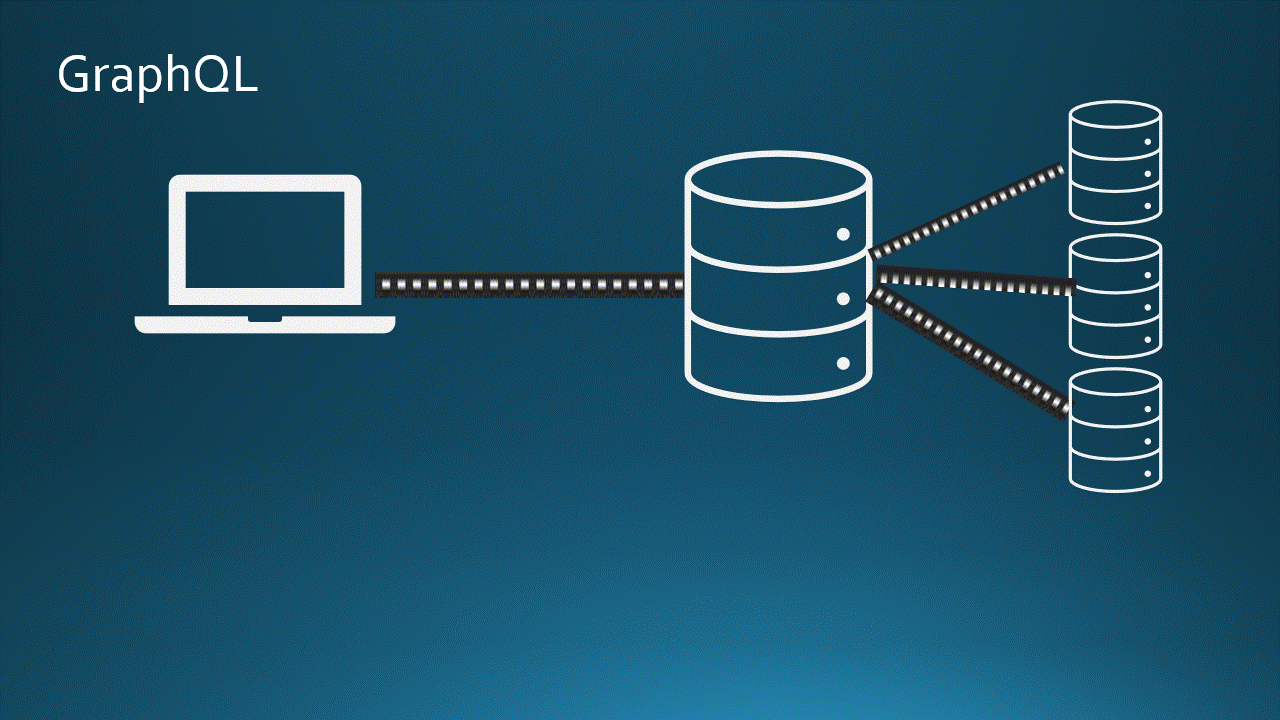
Figure 2 – GraphQL supports precise, streamlined data retrieval for student portals, aggregating academic records from multiple sources in a single query.
Use case: Student logs in to view their academic details
A university plans to implement a student information system that enables the retrieval of personalised student data through a GraphQL API. This setup facilitates an enhanced experience by allowing faster and more structural access to the information.
Students access a portal to check their course schedule, grades, and tuition status, all retrieved in a single GraphQL request.
Process Flow:
- GraphQL query from front-end app – A student requests specific details via the front-end:
{
student(id: “123”) {
name,
courses { title, credits },
tuitionStatus
}
}
This allows only the required information to be fetched, eliminating unnecessary API calls.
- Azure Functions process the request – The GraphQL API, hosted on Azure API Management, receives the request. An Azure Function executes the query, fetching data from multiple sources:
-
- Student profile from an SQL Database.
-
- Courses & grades from Cosmos DB.
-
- Tuition status from Azure Table Storage.
- Refined GraphQL response – The GraphQL API aggregates data from all sources and returns a structured response:
{
"student": {
"name": "John Doe",
"courses": [
{ "title": "Computer Science 101", "credits": 3 },
{ "title": "Mathematics 201", "credits": 4 }
],
"tuitionStatus": "Paid"
}
}
Unlike REST, where multiple endpoints would be needed (GET /students, GET /courses, GET /tuition), GraphQL consolidates all this data in one request.
Outcome & Benefits:
- Optimised data fetching – Only requested fields are retrieved, reducing network load.
- Faster performance – One API request replaces multiple REST calls, improving response times.
- Seamless data aggregation – Azure Functions fetch data from different sources and return a unified response.
- Improved user experience – Students receive real-time, personalised dashboards without waiting for multiple requests.
3. SOAP – High-Security, Enterprise-Grade Applications
Suitable for: Industries demanding top-notch security, compliance, and structured messaging
SOAP (Simple Object Access Protocol) is an XML-based protocol renowned for its robust security, transaction reliability, and strict standards enforcement. It’s a popular choice in banking, healthcare, and government services, where compliance with PCI DSS, HIPAA, and ISO 20022 is paramount.
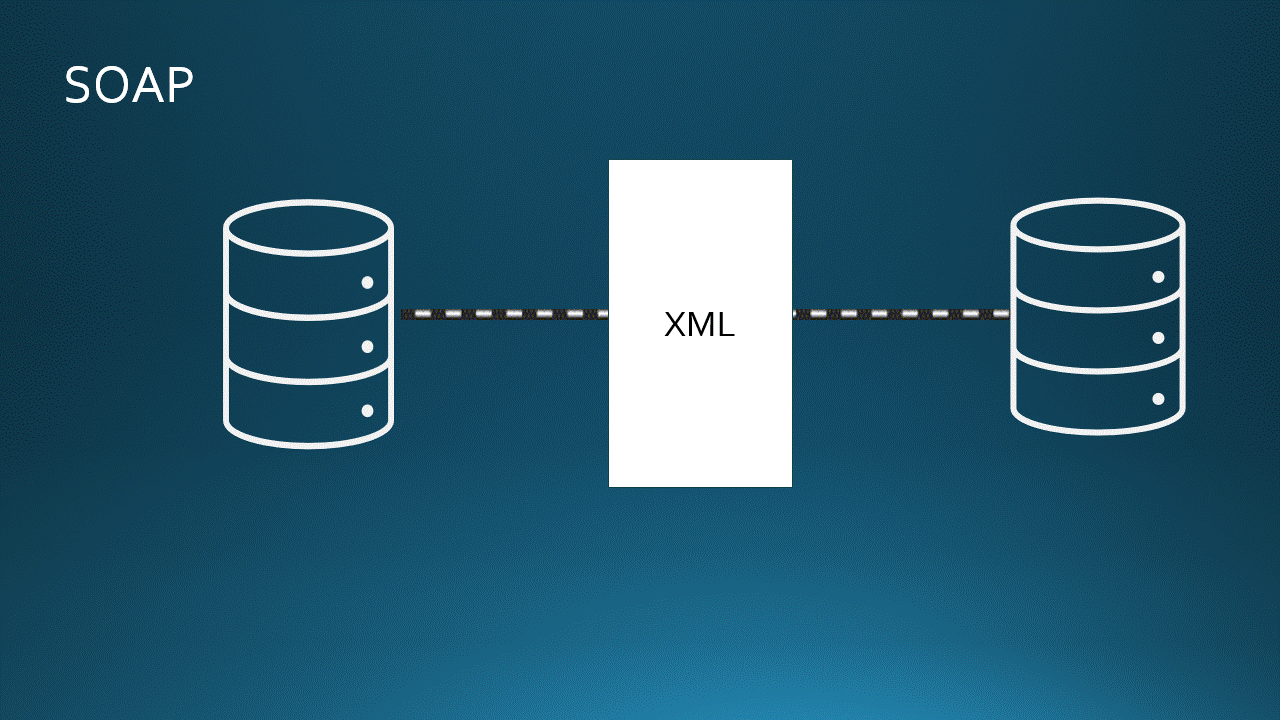
Figure 3 – SOAP APIs supports high-security, standards-compliant transactions in banking, with encrypted XML messaging and robust auditing via Azure Logic Apps.
Use case: Customer transfers funds to another bank account
A bank needs a highly secure API to handle interbank fund transfers while maintaining encryption, authentication, and regulatory compliance.
A customer initiates a secure money transfer, and the system processes it via a SOAP-based API, confirming data integrity and traceability.
Process Flow:
- TransferFundsRequest – Secure XML request sent
-
- The SOAP request is sent using Azure API Management (APIM) with an XML payload:
<TransferFundsRequest>
<CustomerID>123456</CustomerID>
<FromAccount>987654321</FromAccount>
<ToAccount>123987654</ToAccount>
<Amount>500.00</Amount>
<Currency>USD</Currency>
</TransferFundsRequest>
-
- WS-Security is applied, encrypting the request and ensuring message integrity
- Azure API Management authenticates & forwards request
-
- OAuth tokens are verified before forwarding the request to an Azure Logic App.
- Azure Logic App interacts with the banking system
-
- The Logic App:
-
-
- Calls an on-premises SQL Server via Hybrid Connection.
-
-
-
- Updates the internal ledger system to debit the sender’s account.
-
-
-
- Triggers a SWIFT/ISO 20022 message for interbank processing.
-
-
-
- Sends a confirmation event to Azure Event Grid for further processing.
-
- TransferFundsResponse – Secure transaction confirmation
- A structured SOAP XML response is generated:
<TransferFundsResponse>
<TransactionID>TXN789654</TransactionID>
<Status>Success</Status>
<Timestamp>2025-03-30T12:45:00Z</Timestamp>
</TransferFundsResponse>
- The API Gateway logs the transaction for auditing and regulatory compliance.
Outcome & Benefits:
- High security & compliance – SOAP’s WS-Security allows message integrity, confidentiality, and authentication.
- Reliable & traceable transactions – Transactions are logged, signed, and compliant with PCI DSS and ISO 20022.
- Interoperability – Supports legacy banking systems, SWIFT networks, and secure messaging standards.
- Enterprise-grade performance – Azure API Management ensures throttling, monitoring, and auditing for large-scale financial operations.
4. gRPC – High-Performance, Low-Latency Distributed Systems
Suitable for: Real-time, high-throughput, and low-latency applications
gRPC is designed for reliable, high-speed communication in microservices and mobile applications. It uses HTTP/2 for multiplexed, bidirectional streaming and Protocol Buffers (Protobuf) for compact, faster serialisation. This makes it ideal for IoT, AI-driven analytics, and real-time systems.
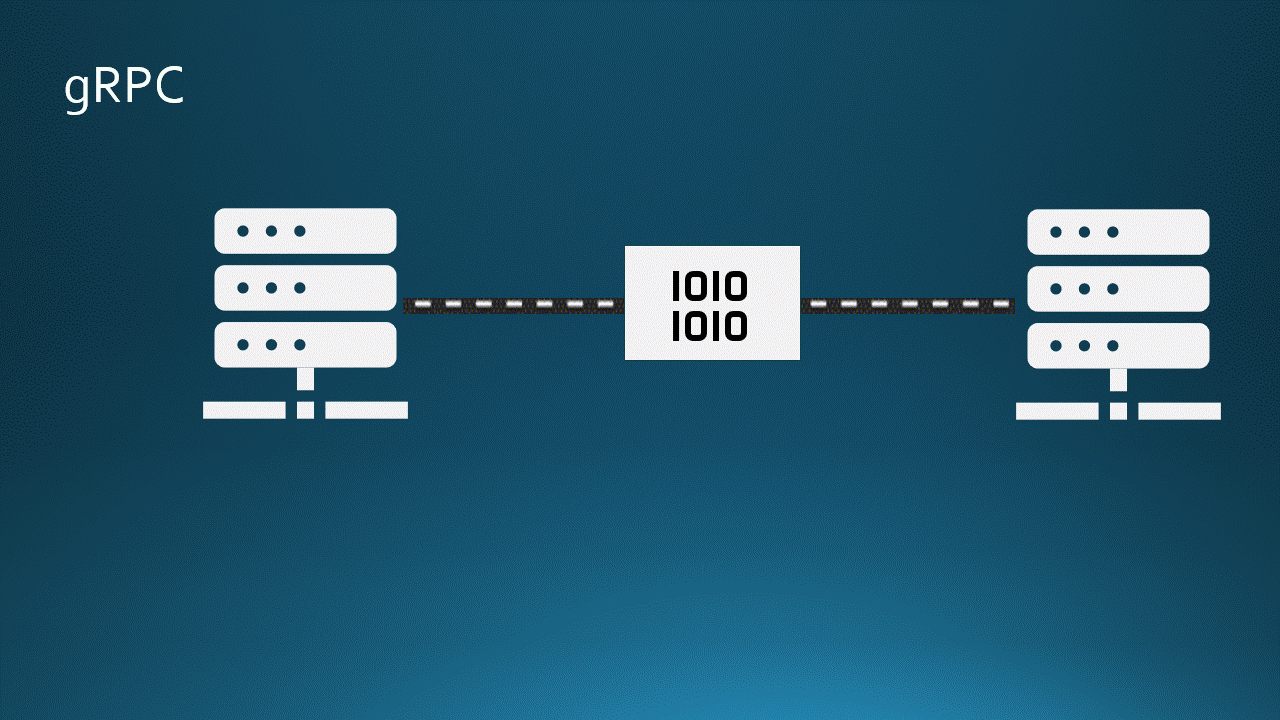
Figure 4 – gRPC facilitates ultra-fast, low-latency communication between IoT sensors and cloud microservices, allowing real-time stock synchronisation.
Use case: Warehouse sensors instantly update stock levels
A supply chain management company requires real-time updates on shipments and stock levels to improve logistics operations. gRPC enables fast, reliable communication between warehouse devices and cloud-based services.
Warehouse IoT sensors and logistics tracking systems need to communicate seamlessly with cloud services to achieve accurate inventory updates and shipment tracking.
Process Flow:
- Warehouse devices send gRPC calls to Azure Kubernetes Service (AKS)
-
- IoT sensors in the warehouse send gRPC UpdateStock requests:
service WarehouseService {
rpc UpdateStock (StockRequest) returns (StockResponse);
}
message StockRequest {
string productID = 1;
int32 quantity = 2;
}
message StockResponse {
string status = 1;
}
-
- The request is reliably transmitted using Protocol Buffers, reducing payload size and improving speed.
-
- The gRPC call is load-balanced across multiple microservices running in Azure Kubernetes Service (AKS).
- AKS Microservices process the request and update Cosmos DB
-
- The WarehouseService in AKS:
-
-
- Validates the request and updates the Cosmos DB inventory.
-
-
-
- Notifies other dependent services (e.g., order fulfillment) via Azure Event Grid.
-
-
-
- If stock is low, it triggers an automatic replenishment request to suppliers.
-
- Real-time shipment tracking via gRPC
-
- Logistics teams call the TrackShipment method to get live shipment updates:
service LogisticsService {
rpc TrackShipment (ShipmentRequest) returns (ShipmentResponse);
}
message ShipmentRequest {
string shipmentID = 1;
}
message ShipmentResponse {
string status = 1;
string estimatedDelivery = 2;
}
-
- The microservice fetches real-time data so that shipment updates can be pushed to dashboards and mobile apps.
Outcome & Benefits:
- Ultra-fast, low-latency communication – gRPC’s binary serialisation with Protocol Buffers makes it significantly faster than REST and SOAP.
- Seamless streaming & multiplexing – HTTP/2 enables bi-directional streaming, reducing network overhead.
- Real-time inventory & shipment updates – Warehouse stock and shipment data are instantly synchronised across systems.
- Elastic microservices architecture – AKS allows seamless auto-scaling, handling thousands of requests per second.
- Improved supply chain management – Helps eliminate stock discrepancies, strengthens warehouse processes, and improves tracking accuracy.
5. WebSockets – Real-Time, Interactive Applications
Best for: Low-latency, persistent two-way connections
WebSockets provide a bi-directional, event-driven communication channel between clients and servers, making them ideal for real-time applications such as live chat, stock market updates, gaming, and collaborative tools. Unlike REST, which requires repeated polling, WebSockets maintain an open connection, allowing instant data updates with minimal latency.
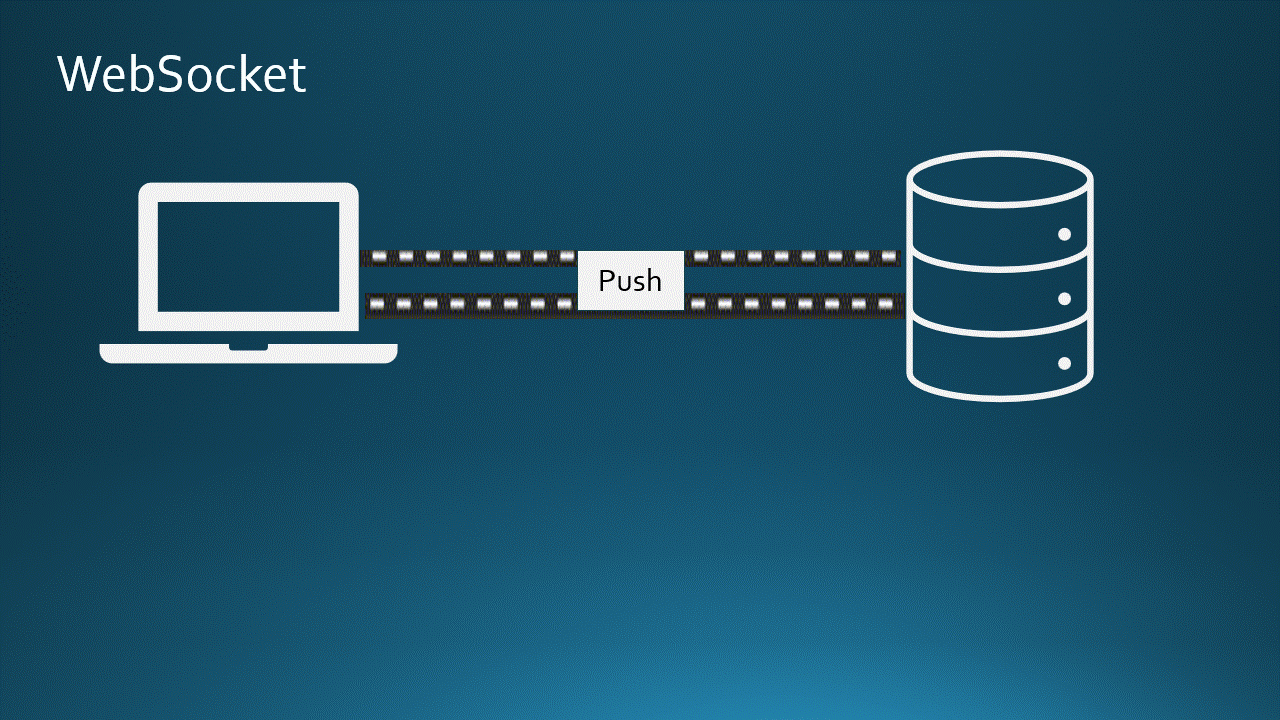
Figure 5 – WebSockets power real-time financial applications by maintaining persistent connections for instant stock price updates and automated trading.
Use case: Traders receive live stock price updates without delay
A financial trading platform needs to deliver instant stock price updates to thousands of users simultaneously, ensuring traders can react in real time.
A stock trading app streams real-time stock price movements to users, allowing them to make informed decisions.
Process Flow:
- Traders connect to the platform via WebSockets
-
- Users open the trading app, establishing a WebSocket connection with Azure Web PubSub.
- Stock price data is pushed to clients in real time
-
- Stock market data is received from external financial feeds.
-
- The WebSocket server pushes updates to subscribed clients instantly.
- Traders see live price changes without refreshing
-
- As stock prices fluctuate, updates appear instantly on the app.
-
- Example WebSocket message for stock updates:
{
"symbol": "AAPL",
"price": 175.20,
"timestamp": "2025-03-30T14:00:00Z"
}
- WebSocket messages trigger automated trading bots
-
- Traders with algorithmic trading bots can react immediately to market conditions.
-
- Bots execute trades when conditions match predefined strategies.
Outcome & Benefits:
- Ultra-low latency – Live updates happen instantly, without polling delays.
- Persistent connection – WebSockets eliminate repeated HTTP requests, reducing overhead.
- Streamlined data transfer – Only relevant changes are pushed, reducing network usage.
- Ideal for real-time applications – Used in live chat, gaming, financial markets, and IoT dashboards.
6. MQTT (Message Queuing Telemetry Transport)
Suitable for: Low-power, lightweight, real-time messaging
MQTT (Message Queuing Telemetry Transport) is a lightweight publish-subscribe protocol, ideal for low-bandwidth, high-latency networks. It is widely used in IoT ecosystems, where low-power sensors, constrained devices, and real-time data transmission are critical.
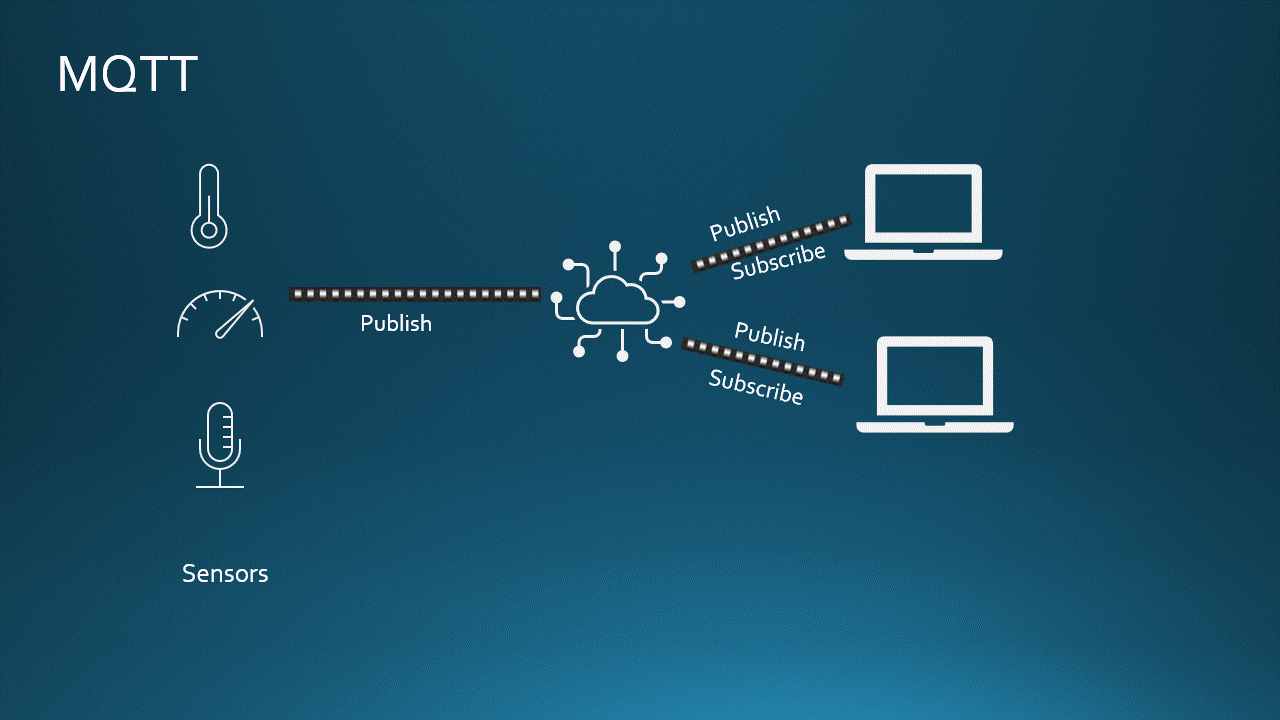
Figure 6 – MQTT supports lightweight, real-time telemetry from IoT sensors, enabling facility managers to monitor and respond to environmental conditions instantly.
Use case: Facility managers monitor environmental conditions in real time
A manufacturing unit deploys IoT sensors across its facilities to monitor air quality, temperature, and humidity in real time. MQTT enables reliable data transmission between thousands of connected sensors and cloud services.
Facility managers help create a safe and comfortable workspace through ongoing monitoring of air quality and temperature conditions.
Process Flow:
- IoT sensors publish data to an MQTT broker hosted in Azure IoT Hub
-
- Sensors installed in the manufacturing unit publish readings (e.g., CO₂ levels, temperature, humidity) to Azure IoT Hub using the MQTT protocol.
-
- Example MQTT message published by a sensor:
{
"sensor_id": "unit_101",
"temperature": 23.5,
"humidity": 45,
"co2_level": 500
}
-
- Azure IoT Hub acts as an MQTT broker, handling real-time data ingestion from thousands of devices.
- Azure Functions process sensor data and trigger alerts
-
- Azure Functions subscribe to relevant MQTT topics and analyse sensor readings.
-
- If temperature exceeds safe levels or CO₂ levels rise dangerously, alerts are triggered.
-
- Automated responses may include adjusting HVAC systems or sending alerts to facility managers via Azure Notification Hubs.
- An Azure dashboard visualises live conditions for administrators
-
- Sensor data is stored in Azure Cosmos DB and visualized in Power BI or Azure Monitor.
-
- Facility managers access a real-time dashboard to monitor environmental conditions, identify anomalies, and manage energy consumption.
Outcome & Benefits:
- Reduced energy use & cost savings – Smart HVAC adjustments reduce energy consumption and costs.
- Real-time monitoring & alerts – Facility teams immediately detect unsafe conditions and take action.
- Scalable & low-power – MQTT allows thousands of IoT devices to communicate with minimal power consumption.
- Reliable in low-bandwidth environments – Designed for unstable networks, providing dependable message delivery even with limited connectivity.
- Enhanced Workplace Safety & Comfort – Promotes a healthier and more comfortable work environment for employees.
7. AMQP – Reliable, Enterprise-Grade Messaging
Best for: High-reliability, secure message delivery in distributed systems
Advanced Message Queuing Protocol (AMQP) is a robust, standardised messaging protocol designed for secure, reliable, and asynchronous communication between distributed systems. It is widely used in financial services, healthcare, and business-critical applications where message durability, ordering, and acknowledgments are essential.
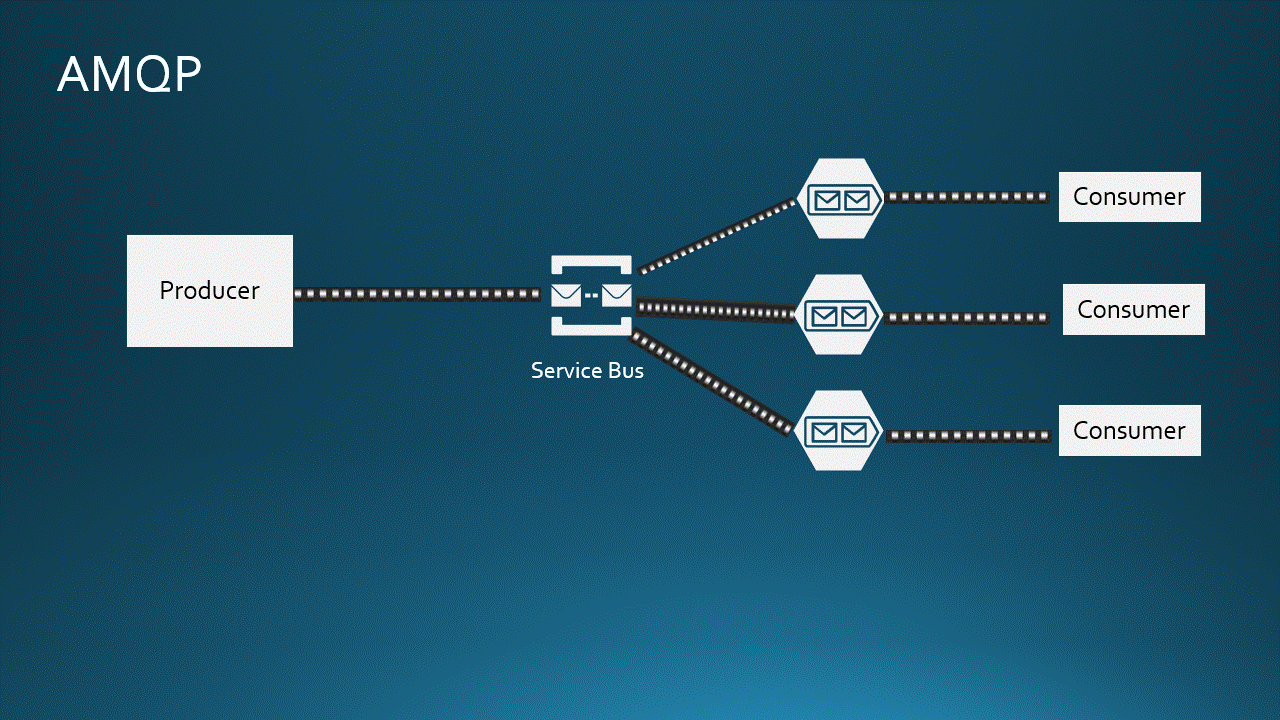
Figure 7 – AMQP handles secure, ordered, and fault-tolerant message delivery for real-time risk assessments in financial systems using Azure Service Bus.
Use case: Processing real-time risk assessments securely
A financial institution requires a highly reliable, fault-tolerant messaging system for handling real-time risk assessments while supporting message integrity and compliance.
Risk management systems must exchange assessment data with high reliability, guaranteeing that messages are delivered without loss, duplication, or out-of-order processing.
Process Flow:
- Risk assessment requests are sent to Azure Service Bus using AMQP
- A risk management system initiates a risk assessment request, sending a secure AMQP message to Azure Service Bus.
- Each message contains assessment details, encrypted for security.
- Example AMQP message payload:
{
"assessment_id": "RA12345",
"client_id": "CLIENT001",
"risk_score": 75,
"timestamp": "2025-04-08T12:00:00Z"
}
- Azure Service Bus provides guaranteed delivery and message ordering
- Messages are queued and handled in the correct sequence, ensuring consistent and accurate execution of risk assessments.
- If a service goes down, messages remain in the queue and are retried automatically once the service is restored.
- Azure Functions process risk assessments and update records in SQL server
- The risk assessment request is validated, logged, and forwarded to the risk management system’s internal database.
- If successful, a risk assessment confirmation message is sent back.
- Audit logs and compliance reporting via Power BI
- Assessment logs are stored in Azure Cosmos DB, providing a full audit trail.
- Power BI dashboards allow real-time monitoring of risk assessments.
Outcome & Benefits:
- Guaranteed message delivery – Messages are never lost, even if a service goes offline.
- Reliable sequencing & deduplication – Maintains data accuracy by processing assessments only once.
- High security & compliance – Encryption, authentication, and auditing meet industry standards.
- Scalable & fault-tolerant – Handles millions of assessments daily with high availability.
- Seamless integration – Works across hybrid cloud environments, supporting multi-system integrations.
8. Webhook
Suitable for: Event-driven, real-time notifications
Webhooks are a lightweight way to receive real-time notifications when an event occurs in a system. They are ideal for integrating different services and automating workflows without the need for constant polling. Webhooks are commonly used in scenarios like payment processing, CI/CD pipelines, and social media integrations.
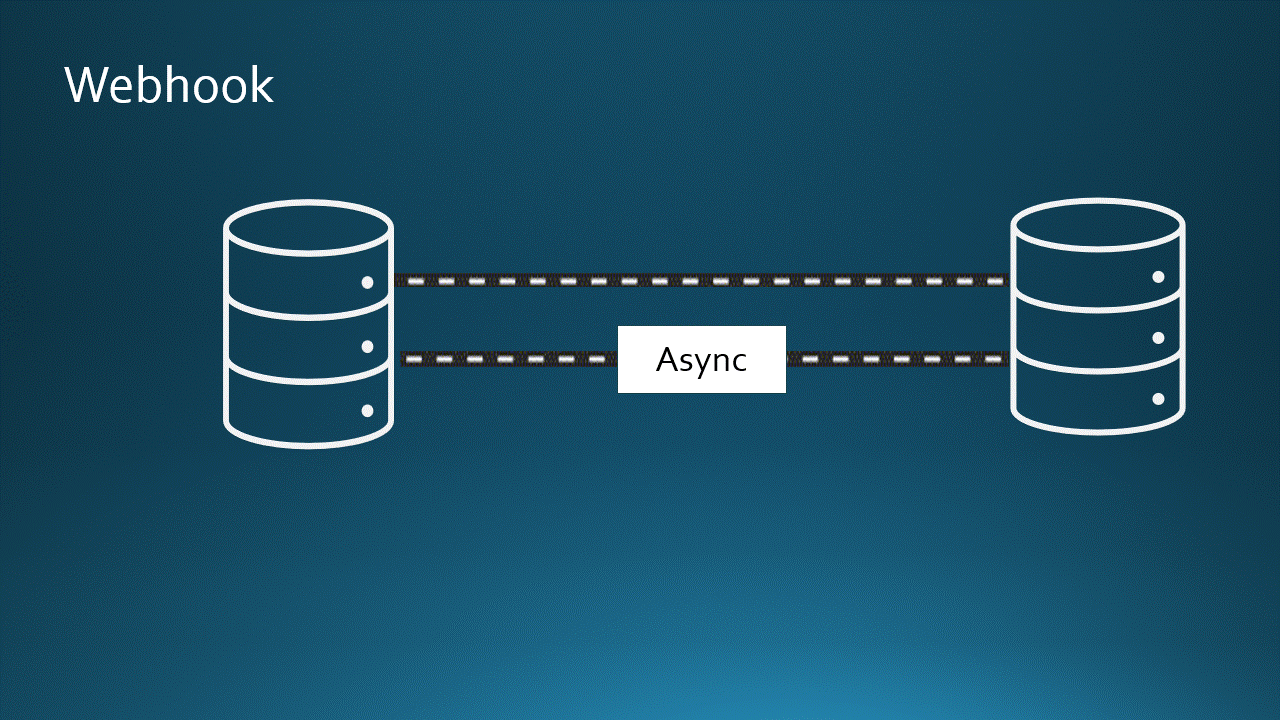
Figure 8 – Webhooks enable real-time event-driven updates across systems, automatically notifying customers and internal services of order status changes.
Use case: Customers receive real-time order status updates
An e-commerce platform needs to notify customers and update internal systems whenever an order status changes. Webhooks enable instant, automated communication between the e-commerce platform and various services.
When an order status changes, the e-commerce platform sends a webhook to notify customers and update internal systems.
Process Flow:
- Order status changes trigger a webhook
- When an order status changes (e.g., from “Processing” to “Shipped”), the e-commerce platform sends a webhook to a specified URL.
- Example webhook payload:
{
"order_id": "ORD12345",
"status": "Shipped",
"timestamp": "2025-04-08T12:00:00Z"
}
- Webhook receiver processes the notification
- The webhook receiver (e.g., a customer notification service) processes the incoming webhook.
- It updates the customer’s order status in the database and sends a notification to the customer via email or SMS.
- Internal systems are updated automatically
- The webhook receiver also updates internal systems, such as inventory management and shipping services, to reflect the new order status.
Outcome & Benefits:
- Real-time notifications– Customers receive instant updates on their order status, improving their experience.
- Automated workflows– Webhooks automate the communication between different services, reducing manual intervention.
- Scalable and resource-friendly – Webhooks efficiently manage high event volumes without requiring continuous polling.
- Easy integration – Simple to set up and integrate with various services and platforms.
- Enhanced customer satisfaction – Timely updates keep customers informed and engaged.
Conclusion
APIs are strategic enablers rather than merely just technical tools. As technology continues to evolve, APIs are key to how systems connect and grow. Choosing the right approach can dramatically influence how well your systems work and how easy they are to use. Here’s a quick recap of the eight core API models explored in this guide:
- REST – Ideal for resource-centric applications. Simple, scalable, and widely adopted for CRUD
- GraphQL– Best for dynamic, client-driven data needs. Fetch exactly what you need in a single request.
- SOAP– Enterprise-grade security and compliance. Perfect for regulated industries like banking and healthcare.
- gRPC– High-performance, low-latency communication. Great for microservices, IoT, and real-time systems.
- WebSockets– Persistent, two-way communication. Supports real-time updates for trading, gaming, and chat apps.
- MQTT– Lightweight and reliable. Designed for IoT and low-bandwidth environments.
- AMQP– Reliable, ordered messaging. Ensures secure, fault-tolerant communication in distributed systems.
- Webhooks– Event-driven automation. Simple and effective for real-time notifications and integrations.
Each API architecture is designed to solve specific challenges. Aligning your API strategy with business goals helps ensure that your systems are technically sound, while also enhancing user experience, improving operational performance, and supporting long-term scalability.
Whether you’re developing a student portal, a logistics dashboard, or a financial transaction platform, choosing the right API model combined with Azure’s powerful integration capabilities can elevate your solution from good to exceptional.



















